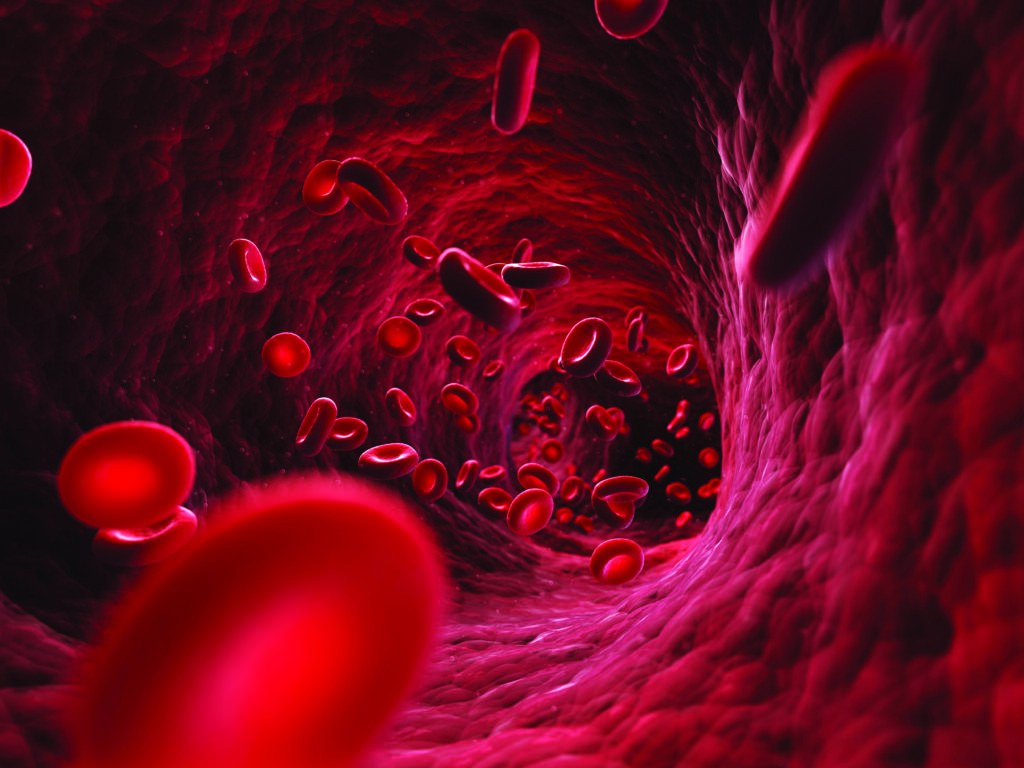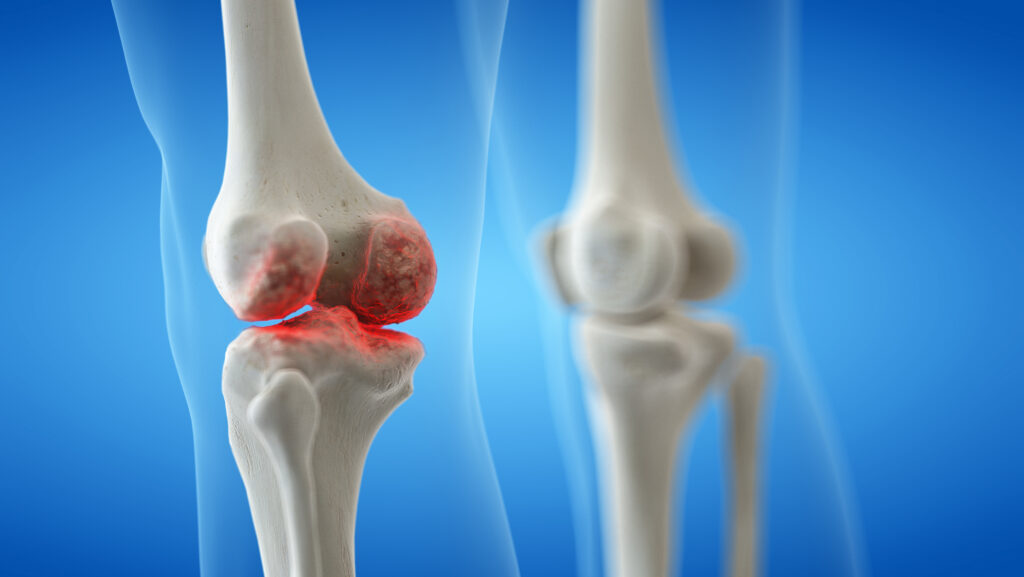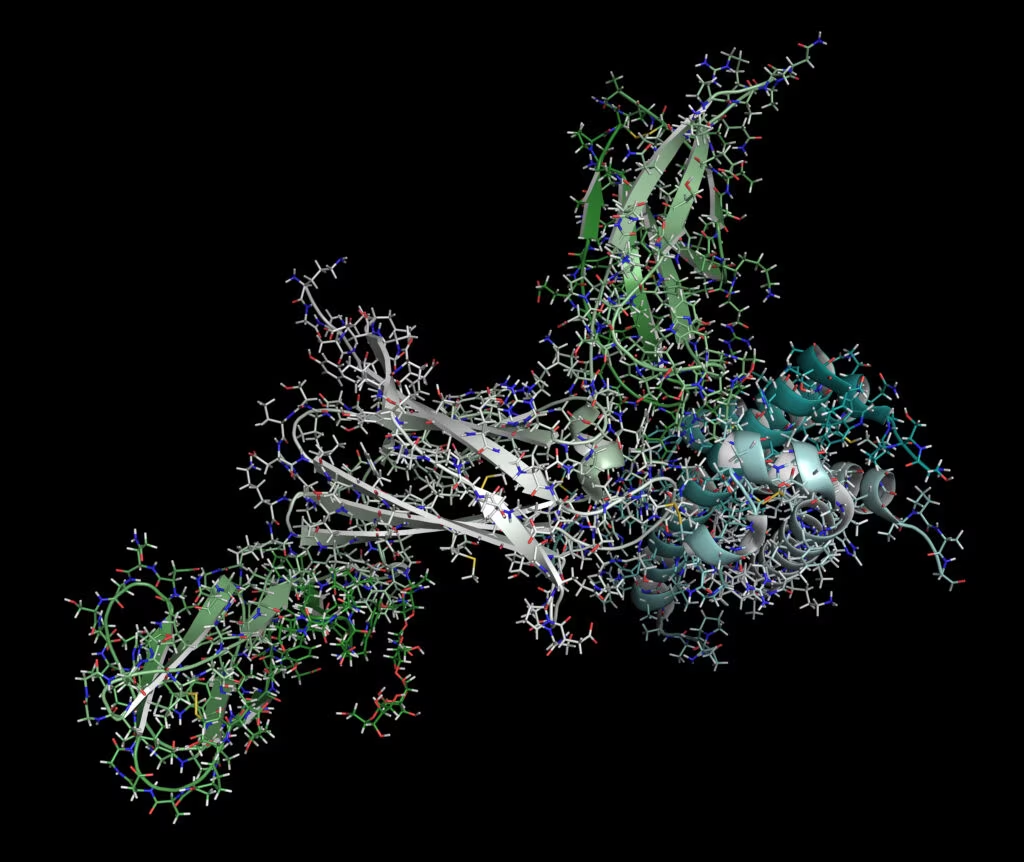Search Results
Showing Results for Adult-onset Still’s disease

It is increasingly recognized that autoimmune rheumatic diseases (ARDs) can affect people of any age, starting from early childhood and continuing until later in life. Furthermore, in recent decades, it has become apparent that Sjögren disease (SjD), commonly diagnosed ...

This editorial outlines a clinical approach to patients with periodic inflammation of unknown origin despite initial rational and targeted investigation. The focus of the editorial is on the recognition and diagnosis of systemic autoinflammatory diseases (SAIDs). Although rare, SAIDs are ...

The global burden of disease is heavily impacted by the increased prevalence of chronic inflammatory rheumatic diseases (CIRDs [rheumatoid arthritis (RA), spondyloarthritis (SpA), connective tissue diseases (CTDs) crystal arthropathies and polyarticular osteoarthritis (OA)]), which are prevalent chronic non-communicable diseases associated ...

Diffuse alveolar haemorrhage (DAH) is associated with high morbidity and mortality. The causes of DAH are diverse, and include rheumatologic conditions such as granulomatosis with polyangiitis (GPA), microscopic polyangiitis (MPA), Systemic lupus erythematosus (SLE) and Goodpasture’s syndrome (Table 1). Rheumatologists ...

Psoriatic arthritis (PsA) is a typical complication of psoriasis (PSO) that is often accompanied by nail PSO, vertebral and/or pelvic involvement, enthesitis and iritis. PsA leads to the destruction and/or ankylosis of the peripheral joints or spine, resulting ...

Systemic rheumatic diseases (RDs) commonly arise during a woman’s reproductive years and may have implications for family planning and pregnancy. Among the RDs, systemic lupus erythematosus (SLE) and antiphospholipid syndrome (APS) are classically associated with an increased risk of ...

Article highlights Treatment of rheumatoid arthritis remains a challenge, and new interleukin (IL) 6 inhibitors deserve special attention. IL-6 provides pleiotropic effects not only on the pathogenesis of rheumatoid arthritis but also on its comorbidities. The humanized monoclonal antibody olokizumab has ...

Globally, osteoarthritis (OA) is the most common joint condition, affecting 10% of men and 18% of women over the age of 60 years.1 OA represents a group of overlapping disease processes of differing aetiologies, all of which cause a pattern of degenerative disorder ...

Psoriatic arthritis (PsA) is a chronic inflammatory disease with an estimated global prevalence of 0.2%.1,2 The condition may occur in up to 30% of patients with psoriasis, with PsA typically developing 10 years after the onset of skin disease.1,3,4 PsA is a highly ...

Antineutrophil cytoplasmic antibody (ANCA)-associated vasculitis (AAV) includes several distinct clinical entities: granulomatosis with polyangiitis (GPA), microscopic polyangiitis (MPA), eosinophilic granulomatosis with polyangiitis (EGPA) and renal-limited vasculitis. What all these diseases have in common is the presence of serum autoantibodies, ...
Latest articles videos and clinical updates - straight to your inbox
Log into your Touch Account
Earn and track your CME credits on the go, save articles for later, and follow the latest congress coverage.
Register now for FREE Access
Register for free to hear about the latest expert-led education, peer-reviewed articles, conference highlights, and innovative CME activities.
Sign up with an Email
Or use a Social Account.
This Functionality is for
Members Only
Explore the latest in medical education and stay current in your field. Create a free account to track your learning.


